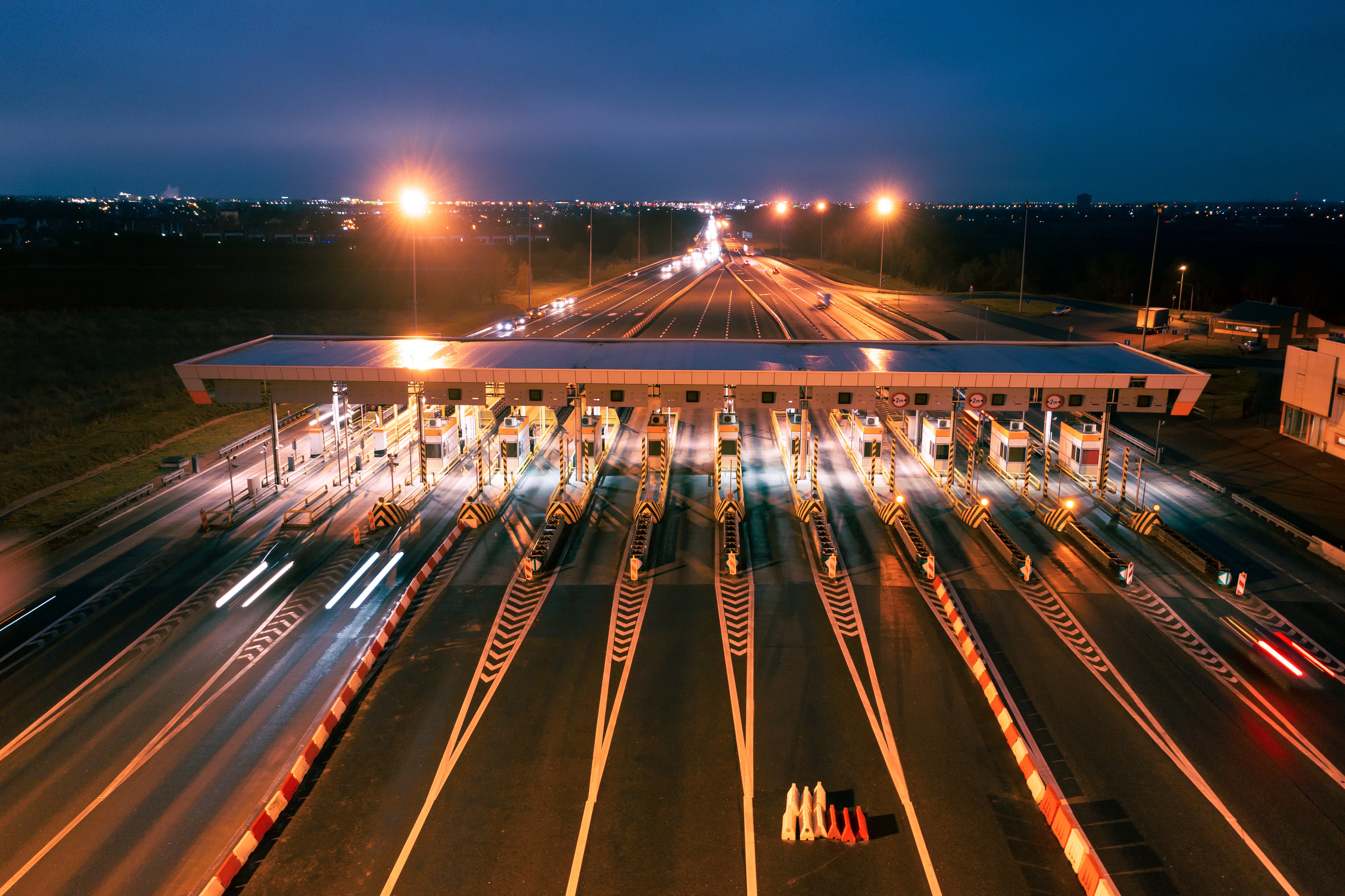The Seelisberg tunnel
The Seelisberg Tunnel in Switzerland – All important information
The Seelisberg Tunnel is a major structure on the A2 motorway, connecting the cantons of Nidwalden and Uri. It plays a central role in the transport connection between northern Switzerland and southern Ticino. The tunnel's northern portal is located high above Lake Lucerne near Beckenried in the northwest, while the southern portal is located in Bolzbach, Seedorf in the canton of Uri, on the western shore of Lake Uri.
Interestingly, the tunnel's name does not come from a neighboring mountain, but from the well-known town of Seelisberg, which, before the tunnel's opening, marked the end of the bypass road on the left bank of the lake. The tunnel structure primarily traverses the Niederbauen Chulm mountain range, which stands at an elevation of 1,923 meters above sea level. At 9,292 meters long, the Seelisberg Tunnel was the longest twin-tube road tunnel in the world at its opening and still holds this title in Switzerland today.
The most important things in brief:
- The Seelisberg Tunnel has a length of 9,200 meters.
- It forms part of the important A2 motorway.
- This tunnel is used by approximately 20,000 vehicles daily.
Traffic in the Seelisberg tunnel
As a key part of the A2 motorway, the tunnel is heavily used. Around 20,000 vehicles use the tunnel daily, which has a maximum speed limit of 100 km/h. Unlike many other road tunnels in Switzerland, the roadway here is made of concrete slabs. Despite its length and the monotonous driving conditions, significant accidents have been extremely rare in the past. Of the few fatal accidents, most occurred due to oncoming traffic that occurred when one of the tunnel tubes was closed.
The tunnel consists of two separate tubes, each 25 meters apart at the entrance. In the middle, this distance increases to 60 meters. The two two-lane tunnel tubes offer a clear height of 4.5 meters, while the roadway is 7.5 meters wide, complemented by sidewalks on both sides, each 0.8 meters wide. Cross connections between the tubes serve as emergency exits every 300 meters.
The tunnel is ventilated by four underground ventilation centers. Two of these systems are located at the tunnel portals in Rütenen (Beckenried) and Büel (Seedorf). There is also the Hattig intermediate station, which draws in fresh air through a 275-meter-high shaft and exhausts the stale air. Another ventilation system is the Huttegg intermediate station, which is equipped with a 640-meter-long tunnel and a 189-meter-high shaft for air exchange.
The vignette requirement
Even though there is no separate toll for the tunnel itself, the vignette is mandatory throughout Switzerland. This means that you must have an annual vignette for Switzerland when using the tunnel. Violations of this law can result in heavy fines. You can conveniently purchase your digital vignette for Switzerland in our shop.
FAQ about the Seelisberg Tunnel
Is there a vignette requirement?
The Seelisberg Tunnel is a key section of the A2 motorway. It does not require a special vignette or toll. However, a general vignette for motorways and national roads in Switzerland is mandatory and can be purchased as an adhesive sticker or digitally, for example, through our shop.
How long is the Seelisberg tunnel?
The tunnel has a total length of 9,292 meters.
Accessibility and closures of the tunnel
The Seelisberg Tunnel is normally open to traffic day and night, but may be closed overnight for maintenance and cleaning work. Information on closures is available from the Office for National Road Operations.

